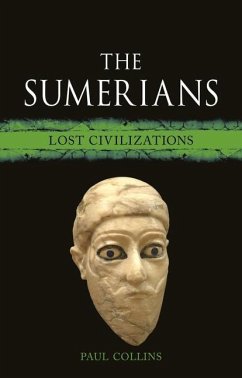The Sumerians are widely believed to have created the worlds earliest civilization on the fertile floodplains of southern Iraq from about 3500 to 2000 BC. They have been credited with the invention of nothing less than cities, writing and the wheel, and therefore hold an ancient mirror to our own urban, literate world. But is this picture correct? Paul Collins reveals how the idea of a Sumerian people was assembled from the archaeological and textual evidence uncovered in Iraq and Syria over the last 150 years. Reconstructed through the biases of those who unearthed them, the Sumerians were never simply lost and found, but reinvented a number of times, both in antiquity and in the more recent past.

